Gone are the days of cheap little toy cars to race around the house. Hobby radio-controlled (RC) cars have become much more advanced today, and can come with gas or nitro engines, or electric motors.
Prices vary among the three and there are mixed reviews of each. For this reason, I’ve compiled a list of pros and cons of each type of car to make comparisons easier.
Electric RC cars are easy to use and maintain, however are limited to their battery life. Nitro cars can be refuelled as needed but are more complicated to set up and maintain. Gas models are easier to operate and more fuel efficient than nitro, but heavier and only available in larger scale models.
This is a very basic outline of the differences you’ll find in each RC car, but you will find more benefits and drawbacks below, as well as the following table summarising these points of difference.
| PROS | CONS | |
|---|---|---|
| Electric | Fast.Quiet.Easy to operate and maintain.Easy to clean.Can be used anywhere.No fumes.Reversing feature.Overall cheaper.Cheaper to run.Versatile. | Run-time limited to battery life.Expensive batteries.Not fit for all ages.Some safety concerns.Poor performance with Ni-Mh batteries or brushed motors. |
| Nitro | Fast.Authentic noises.Long running-time.Opportunity to learn mechanicsMore water resistant.Parts are cheap to replace. | Noisy.Longer set-up.Expensive to run.Fuel harder to get.Require more maintenance.Need to be cleaned thoroughly.Mechanical knowledge required.Limited places to race.Most cannot reverse.Expensive. |
| Gas | Reliable.Very long run-times.Cheaper to run/fuel efficient.Less likely to overheat.Less maintenance than nitro.Cleaner than nitro.More consistent power.Relatively easy set-up. | Slower.Noisy.Not as common.Still require some maintenance.Models are larger.Not as powerful.Heavy/poor weight distribution.Poor handling.Usually no reverse function. |
What are the Benefits and Drawbacks to Electric RC Cars
Electric RC cars have a motor powered by a rechargeable battery. These RC cars have risen in popularity over the years and are now the most common cars on the market today.
One important thing to know is that there are two types of electric RC cars; brushed and brushless. This refers to the type of motor within the car. Brushed motors use older technology and have around 75-85% energy efficiency, whereas a brushless motor has around 85-90% efficiency.
On top of this, there is the option of Nickel-Hydride batteries (Ni-Mh) or Lithium Polymer batteries (Li-Po). Older models used Ni-Mh, but newer models are heading towards Li-Po because of their longevity.
However, because Ni-Mh batteries are cheaper and safer, they are still used today.
Although the brushed motors and Ni-Mh batteries are a cheaper option, the brushless Li-Po cars perform better and are therefore the preferred option for racers. Therefore I will mainly refer to these when making a comparison.
Performance
Electric cars with this new technology can be just as fast, if not faster, than nitro and gas cars. They can reach speeds of 100mph and are also light-weight, which contributes to their speed.
However, this can also be a drawback because it limits their use to older racers. Some of these cars are simply too fast for a child to handle and enjoy.
Another drawback is that a fully charged Li-Po battery will only last around 30 minutes before needing to be recharged. Recharging the battery will then take a few hours. Ni-Mh batteries are worse, only lasting 15-20 minutes.
Cost
Overall, electric RC cars are cheaper and more cost effective compared to nitro and gas. This is because motors are more complex than an electric motor. You also have more options to bring the cost down with electric cars, such as plastic chassis and Ni-Mh batteries.
Batteries can still be expensive, costing $50-$100 to replace, and a racer will need a few spares on hand to be able to race for longer periods of time.
Although this is expensive, the batteries will last for 150-300 cycles (depending on use), meaning they do not have to be changed regularly.
Set-Up
It is much easier to set up an electric car. They are pretty much charge-and-go, which is why they’re such a popular option. They are easy to set up and easy to use.
Noise
Electric motors are the quietest and cleanest of the three options, allowing you to use the car anywhere, including indoors. There are also no fumes produced.
Cleaning and Maintenance
Maintenance is minimal on an electric car. You do have to charge the battery after each use, but almost anyone will know how to do this.
There are some safety concerns regarding Li-Po batteries. If overcharged or damaged, they can be a fire hazard. This is why some people will prefer the Ni-Mh alternative or to regularly replace their Li-Po batteries.
Other than taking care of the battery, the car will just need to be cleaned. This is a simple process because there are no oils involved. All other maintenance is minimal and infrequent, such as truing the commutator.
Versatility
These cars have mixed versatility. For the faster on-road electric cars, they are only really designed for paved roads. Off-road can handle a bit of dirt and some water, but generally, water will cause damage to the electrical circuits.
On a positive note, there are fewer small parts to break so they won’t have as many issues with things going wrong along the way.
Reversing
It doesn’t seem like much, but electric cars are able to reverse, unlike their counterparts. This can be helpful in a race, but is more convenient for general use, such as driving around in the backyard or around the house where objects get in the way.
What are the Benefits and Drawbacks to Nitro RC Cars
Nitro RC cars contain internal combustion engines with a special fuel mix of nitromethane, methanol and oil. These are generally desired by motor-enthusiasts because of their mechanical nature and authentic sound.
Performance
Nitro cars were the fastest cars before brushless technology was introduced into electric vehicles. But they can still reach speeds of 50mph and are used for racing.
They are also heavier than electric cars due to the weight of the engine and chassis. However, this weight is evenly distributed compared to gas RC cars.
One big advantage is nitro cars can run for 10-15 minutes on a full tank, but then be quickly refuelled while the engine is still running. This means they can essentially go all day.
Cost
Nitro is the most expensive RC car to run because of the fuel. It’s not uncommon to burn through at least one tank of fuel with every use, which is more expensive than regular gas.
On average, you’re looking at $20-$40 per gallon. It’s also harder to source if you don’t live close to an RC hobby shop.
Nitro engines are also quite expensive because of their complexity. Although there are still some top-of-the-line electric cars that are more expensive, there are fewer cheaper variations of a nitro vehicle.
The reason for fewer inexpensive options is due to the cheaper plastic components will experience failures and melt due to high heat production in the nitro components.
However, the individual parts are relatively cheap to replace, such as glow plugs, which are only a few dollars each.
Set-Up
Nitro cars are the hardest to get going. You first have to ‘break in’ the engine, meaning you need to do a test-run of the engine the first time you start it, fine-tuning anything that is slightly out.
Before use, you also have to do a quick check-over of these components, re-tuning the engine and have fuel, a fuel bottle, glow driver and tuning screwdriver on hand.
Noise
Nitro engines are incredibly loud compared to other RC cars. Some racers love this feature as it seems more authentic and exciting.
Others might find this challenging because it limits where they can race. Some people might not appreciate these noises in their neighbourhood; So much so that they can be banned in some suburban areas.
They also produce smoke and fumes that are not healthy to inhale. This limits them to outdoor use only.
Cleaning and Maintenance
The complex nitro engines require a lot of maintenance here are there, particularly before and after a race.
This can include cleaning the air filter, checking the clutch, tightening screws, adjusting carburetor needles and draining the fuel tank.
This also means they will need more mechanical repairs. If you are not very mechanically-minded, this would be a nightmare for you. But some people love this feature and are happy to constantly adjust the engine.
Because the engine uses oil, nitro cars also get very dirty and require a more in-depth clean after use.
Versatility
These cars are also quite versatile. They are fairly waterproof (although you wouldn’t want it submerged). They can be used on icy or snow covered surfaces, as well as in the rain.
Reversing
Most nitro vehicles do not have a reversing feature. For some people, this is not a big issue.
What are the Benefits and Drawbacks to Gas RC Cars
Gas RC cars run off a mixture of gasoline and motor oil. They are less popular than electric or nitro cars because they do not come in the common scale of 1/10 or 1/8.
This is because the engines are too big, so models are usually built to a 1/5 scale (in relation to true car size).
In general, they have a mixture of benefits and drawbacks found in both electric and nitro cars.
Performance
The running time of these cars is better than electric or nitro cars, lasting 40-50 minutes on a tank. But keep in mind that this tank is larger to begin with.
However, they are slower and less powerful than electric and nitro models. This is widely accepted because of the size of the models; any faster and they might become too dangerous.
They are also heavier than other cars, despite their relative size, and this weight is not evenly distributed like in the nitro cars. Because of the uneven weight distribution, they can be more difficult to handle.
Cost
Gas cars are much cheaper to run because they use fuel that can be sourced from any service station, at a good price. The engines are also more fuel efficient than nitro engines.
However, because the cars mainly come in larger model sizes, they are generally more expensive.
Set-Up
Set up involves charging the batteries in the vehicle and radio console and filling the tank with fuel. The engine will need to be primed before use, but that’s as far as set-up goes for these cars. Not as fiddly as a nitro vehicle, but not the same charge-and-go setup as electric cars.
Noise
Although gas cars aren’t quite as noisy as nitro models, they are still very loud. They sound the same as your lawn mower or trimmer.
So people are generally okay with this noise during working hours, but might get upset if used in the mornings, evenings or at night.
Cleaning and Maintenance
There is still a fair bit of cleaning involved with gas cars because of the oil from the engine and, as with any engine, there is more maintenance involved. But in terms of upkeep, they are easier to maintain than a nitro engine.
Versatility
These cars are also generally okay to use in wet conditions. The engines are less complicated than nitro engines, making them more reliable. But they can still be prone to more maintenance issues than electric cars.
Even though they have longer running times, the engine is also less likely to overheat than a nitro, adding to its reliability.
Reversing
Like nitro RC cars, gas models usually do not have a reversing function.
That sums up the differences between electric, nitro and gas RC cars. I hope you’ve found this helpful and are more confident in choosing the right model for you.
Final Thoughts on Choosing the Right RC Car
There are many Radio Controlled car options available for someone looking to find the right way to enjoy the hobby.
Each of these have very distinct benefits and drawbacks that I hope today provided you a better way to make the knowledgeable choice for your enjoyment.
Below I listed out some of the best options from Amazon who has the ability to ship and get good prices on nitro specific RC cars and a selection of more adult electric car options.
Featured Nitro RC Cars from Amazon
| Image | Title | Price | Prime | Buy |
|---|---|---|---|---|
 Top
Top | TEAM LOSI RACING RC Car 1/8 8IGHT-X 4WD Nitro Buggy Elite Race Kit, TLR04010 | Prime | Buy Now | |
Top Top
Top | Dodge SRT Demon 1:8 Scale Inferno GT2 Race Spec Nitro RC Car | Prime | Buy Now | |
 Top
Top | Rishx-toy High Speed Buggy Car Toys 1/8 Scale Nitro Racing Cars 4WD RC Fuel Radio Powered Drift Rc Car for Adults Boy Gift (Color : Green) | Prime | Buy Now | |
 Top
Top | QSs-Ⓡ RC Car 4Wd 1:10 on Road Racing Two Speed Drift Vehicle Toys 4X4 Nitro Gas Power High Speed Hobby Remote Control Car | Prime | Buy Now | |
 | Losi 1/8 8IGHT-T 4WD Nitro RC Truggy RTR | Prime | Buy Now |
Featured Electric RC Cars from Amazon
| Image | Manufacturer | Description | Price | Prime | Buy |
|---|---|---|---|---|---|
 Top
Top Top
Top | ARRMA | ARRMA 1/7 Felony 6S BLX Street Bash All-Road Muscle Car RTR (Ready-to-Run Transmitter and Receiver Included, Batteries and Charger Required), Black, ARA7617V2T1 | Prime | Buy Now | |
Top | Traxxas | Traxxas XO-1 1/7 Scale AWD Supercar with TQi 2.4GHz Radio & TSM, Black | Prime | Buy Now | |
 | Losi | Losi RC Truck 1/6 Super Rock Rey 4WD Brushless Rock Racer RTR (Ready-to-Run) with AVC, Baja Designs, LOS05016T1 | PrimeEligible | Buy Now | |
 Top
Top
Top
Top | Traxxas | Traxxas 67076-4 Rustler 4x4 VXL Off Road Electric Remote Control RC Car with Remote Control for Adults and Kids, Red | Prime | Buy Now | |
 Top
Top
Top
Top | ARRMA | ARRMA RC Truck 1/8 KRATON 6S V5 4WD BLX Speed Monster Truck with Spektrum Firma RTR, Red, ARA8608V5T1 | PrimeEligible | Buy Now | |
 Top
Top
Top
Top | Redcat | Redcat Racing Shredder XTE Electric Truck, 1/6 Scale, Red | PrimeEligible | Buy Now | |
 Top
Top
Top
Top | Traxxas | Traxxas 67076-4 Rustler 4x4 VXL Off Road Electric Remote Control RC Car Chassis Body with Remote Control for Adults and Kids, Green | Prime | Buy Now | |
 | ARRMA | ARRMA RC Car 1/8 Typhon 6S V5 4WD BLX Buggy with Spektrum Firma RTR (Ready-to-Run), Black and Red, ARA8606V5 | PrimeEligible | Buy Now |
Helpful Links
For all your RC Questions, Click HERE
If you are interested in RC cars and trucks, RC World has you covered.
For RC boats and watercraft, check these articles out.
For all your RC Airborne endeavors, we have everything you need.
Top E-Bike Rental Services for Your Next Adventure
The transformative wave of urban mobility is at our pedals, and enthusiasts like us are riding the crest with the emergence of leading e-bike rental services. Navigating through…
Learn to Race FPV Drones with Ease
Are you fascinated by the thrilling world of FPV drone racing? Do you dream of soaring through the air at breakneck speeds and competing against other pilots in…
9 Best Motor Powers for Off-Road Electric Skateboards
Embarking on an exhilarating journey through untamed landscapes requires not just courage but also the right equipment. Off-road electric skateboarding is a pursuit where the synergy between man…
Why RC Is So Expensive [ Hobby Guide For Newbies ]
I personally love RC cars, and this is an old hobby of mine. But there is a con of having RC cars as a hobby. That is, RC…
Mastering E-Bike Collision Avoidance Tech
As we careen into an era where technology sits at the forefront of almost all aspects of our lives, not least in the realm of personal transportation, e-bikes…
Eco-Friendly Transportation: Exploring the Best Options for the Environment
As our society becomes increasingly aware of the impact of our actions on the environment, more and more people are seeking out eco-friendly alternatives in their daily lives….
The Joy of Electric Trikes for Seniors
Imagine the sweetness of a child’s tricycle, combined with the power of electricity and the pragmatism of adult-designed functionality. That’s the simple beauty of an electric trike. Perfectly…
Top 3 Belt-Driven Motors for E-Skateboards
When we delve into the heart of electric skateboarding, the pulse of every kick-push comes from its motor system. Among the variety of drives that bring e-skateboards to…
Why Electric Pedal-Assist Bikes Are a Game Changer
Electric pedal-assist bikes, often referred to as e-bikes, are a revolutionary mode of transportation that combines the benefits of traditional pedal power with an electric motor to provide…


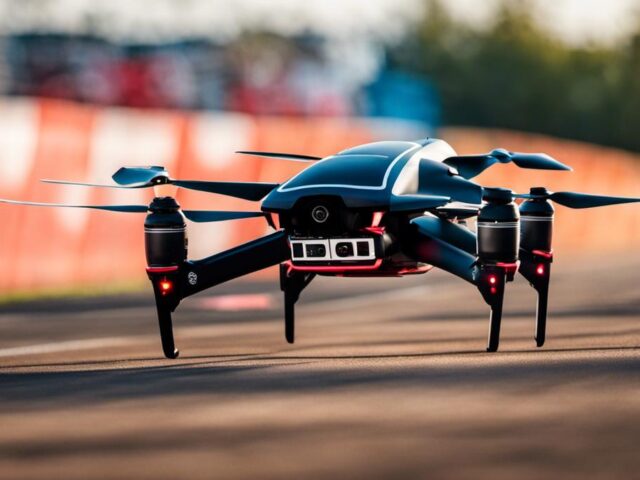
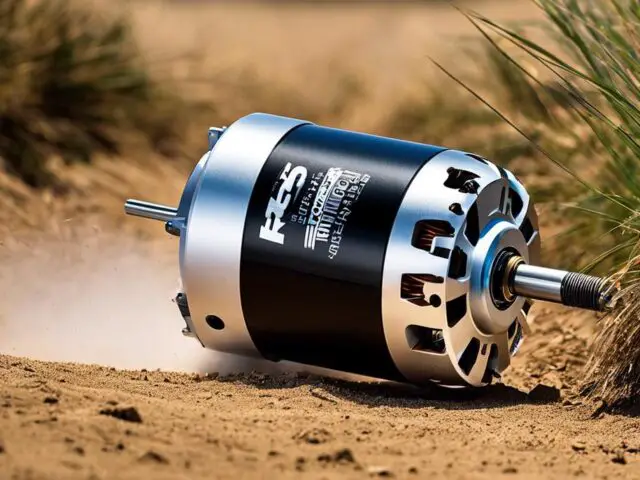


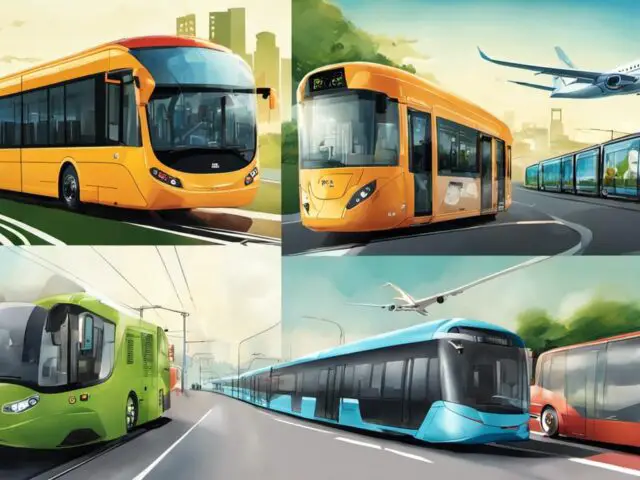
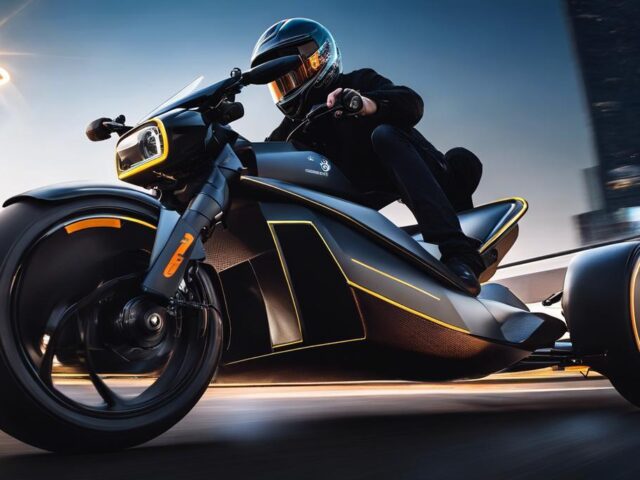
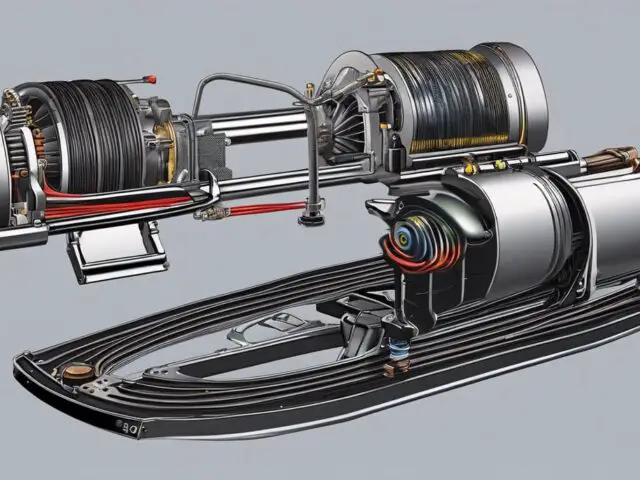
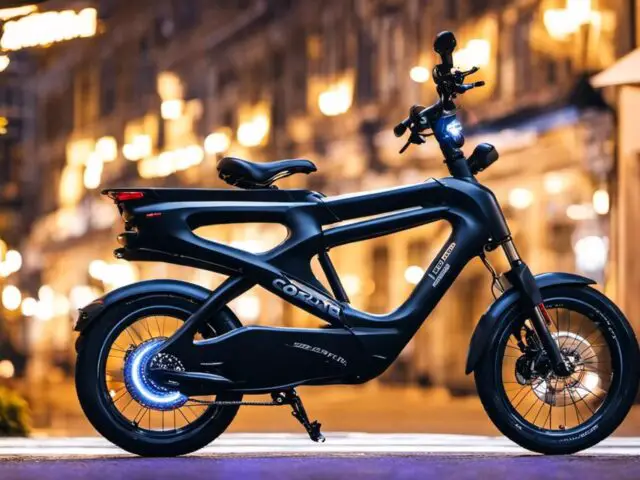
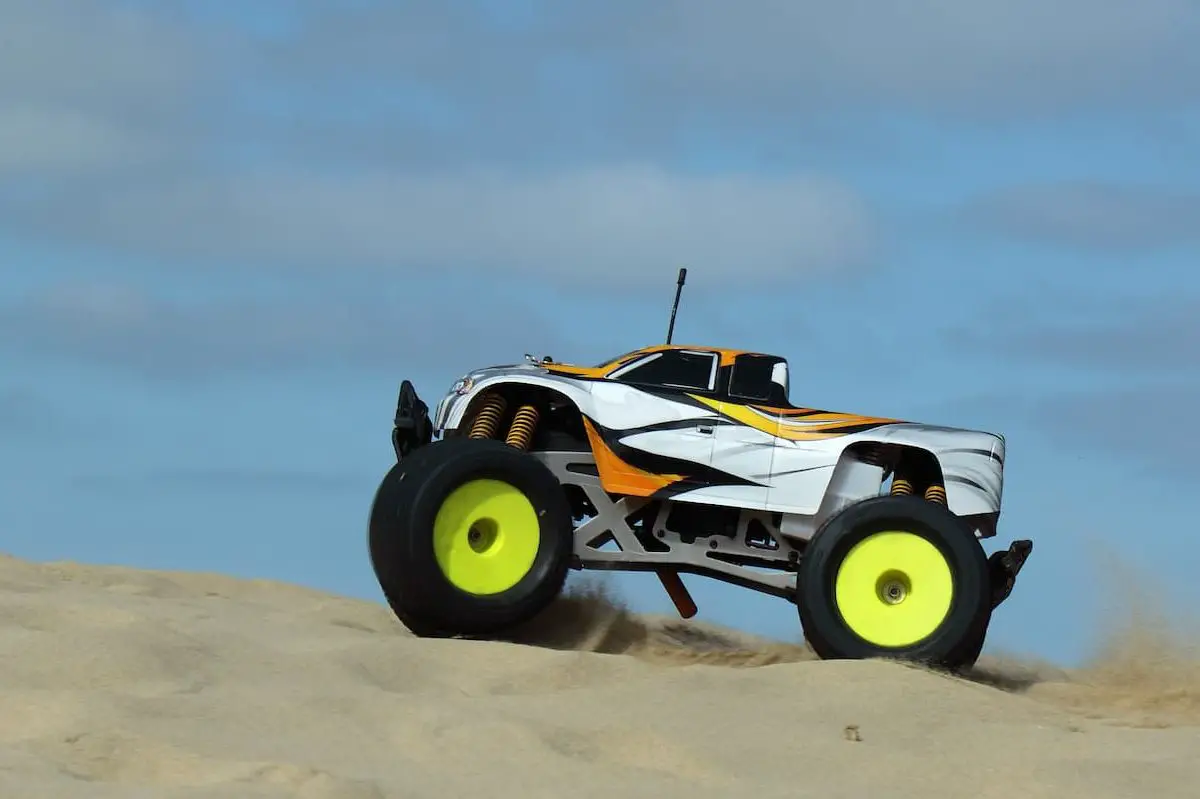
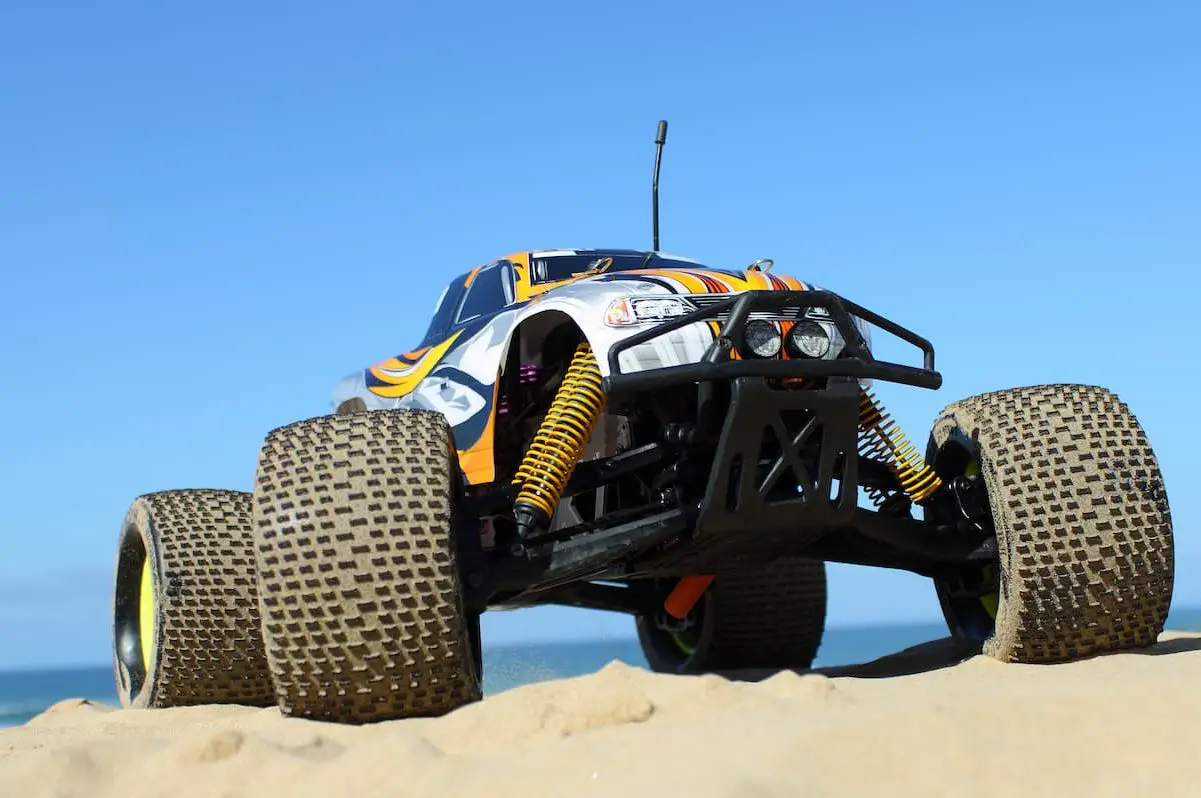
![Why RC Is So Expensive [ Hobby Guide For Newbies ]](https://radiocontrolledworld.com/wp-content/uploads/2021/03/Why-RC-Racing-Can-Be-So-Expensive-e1614911042543.jpg)
